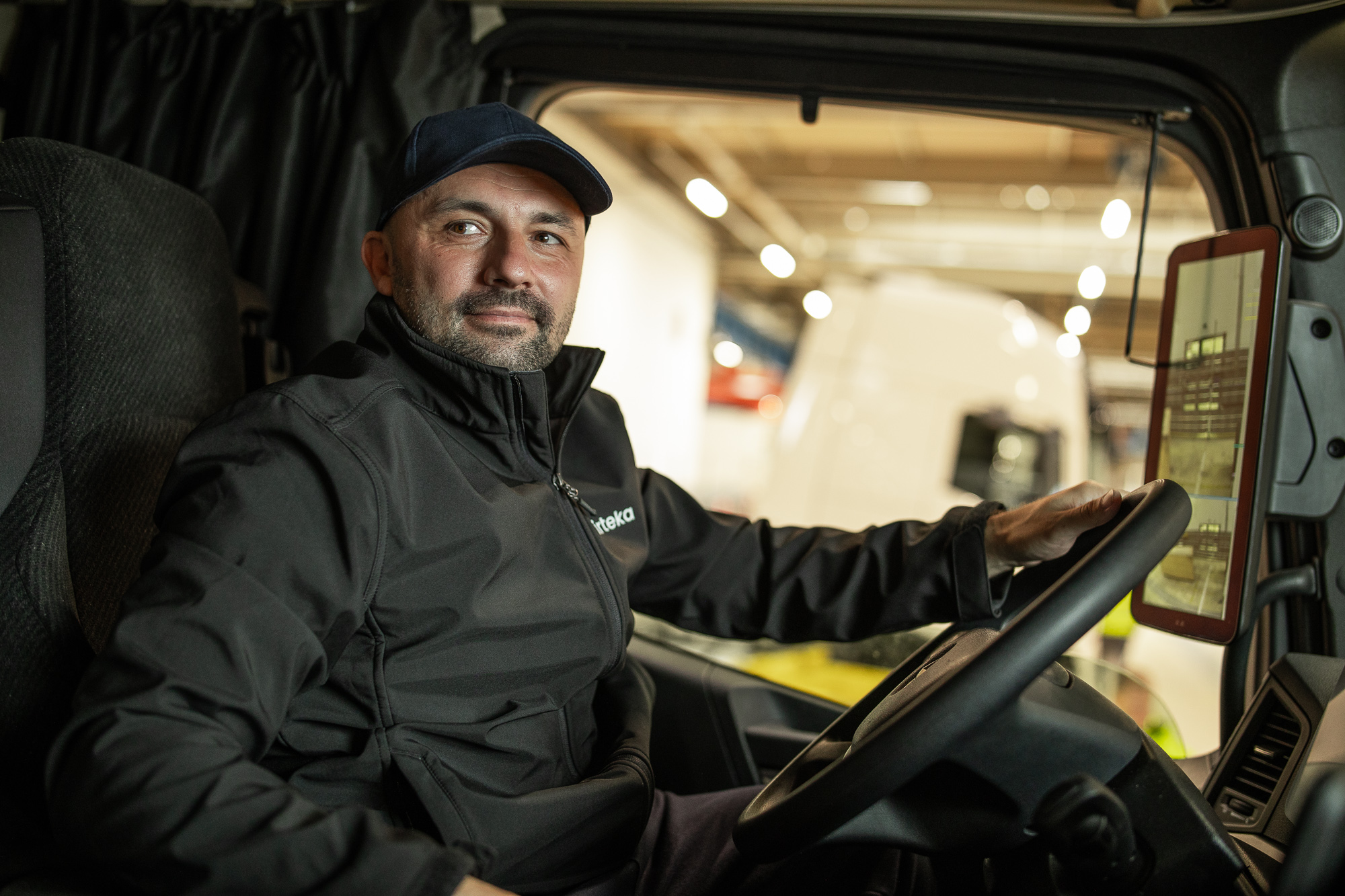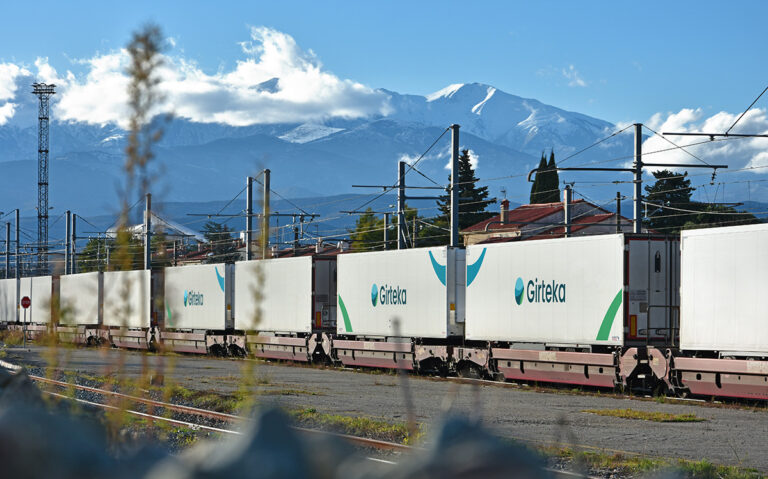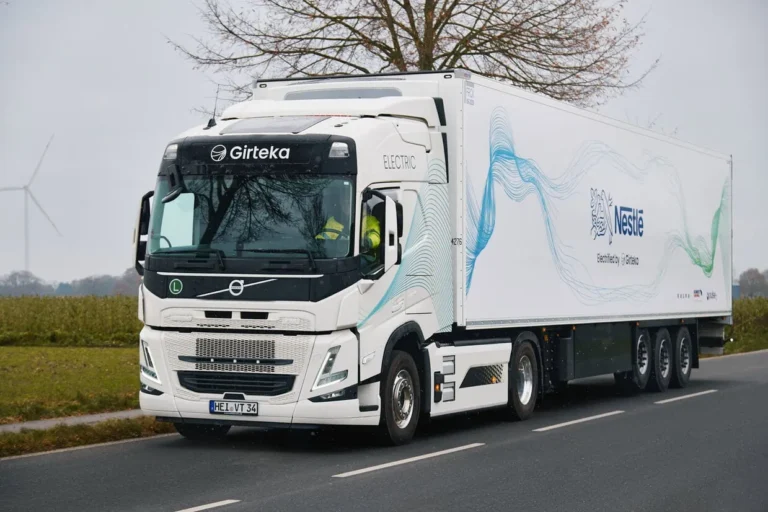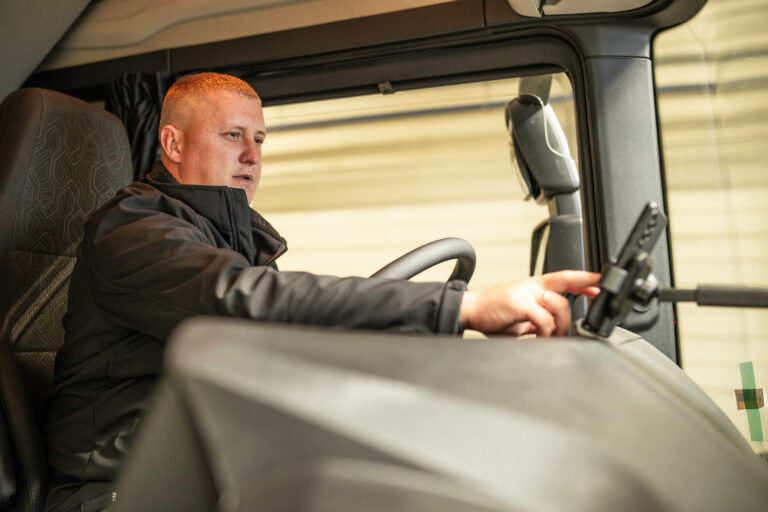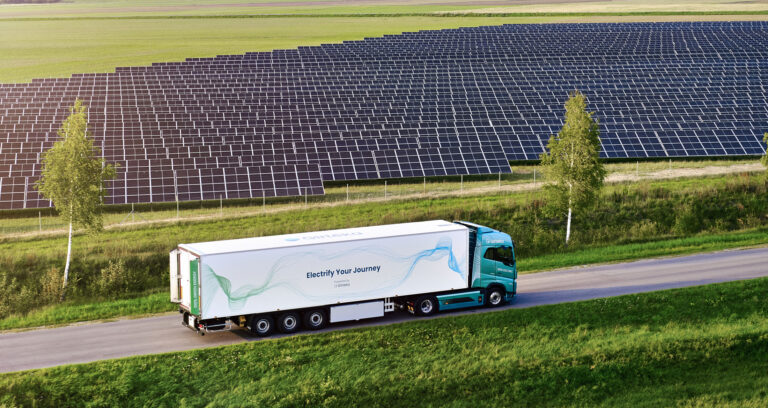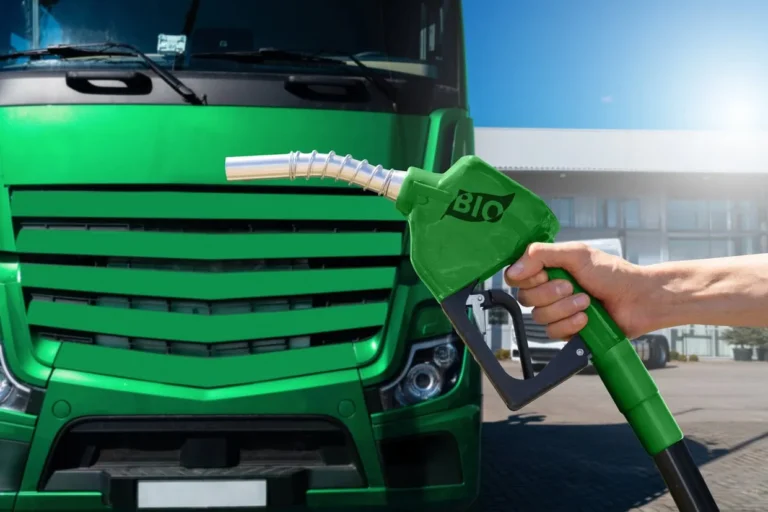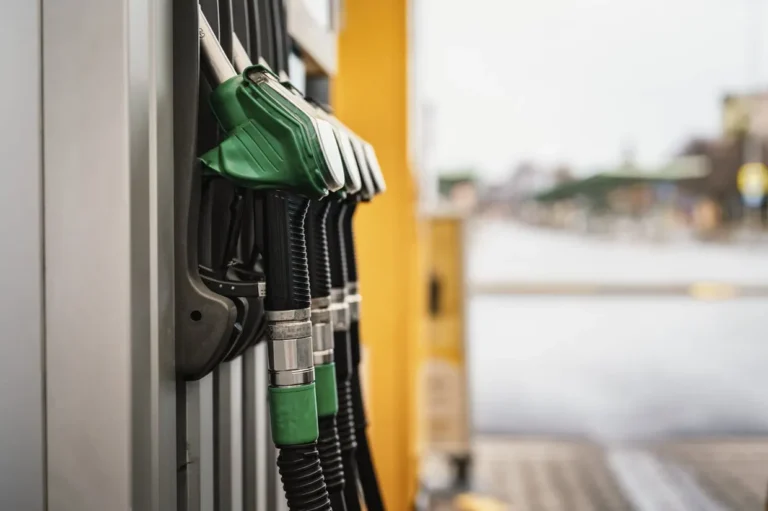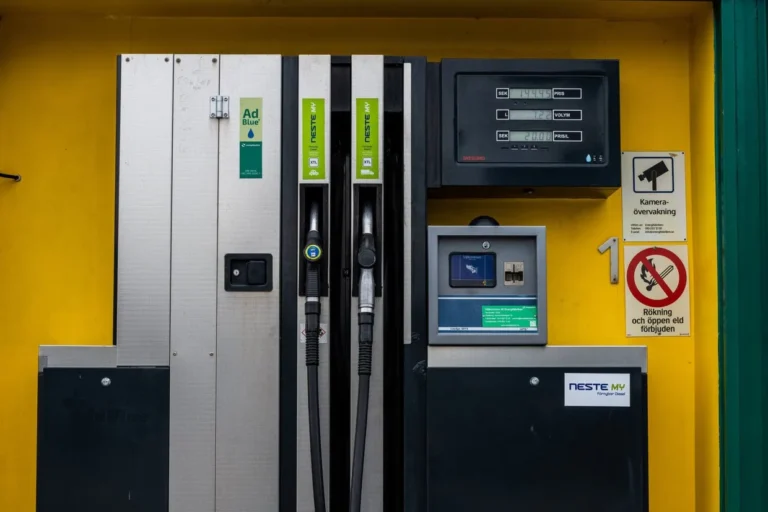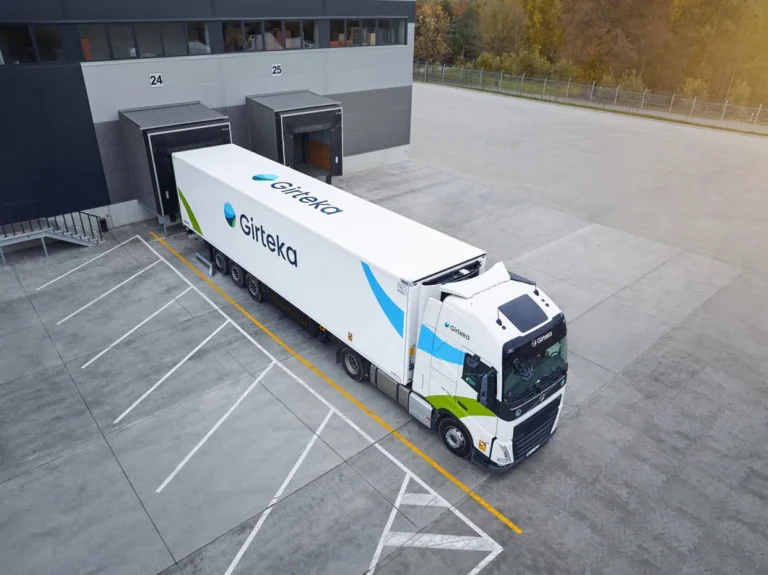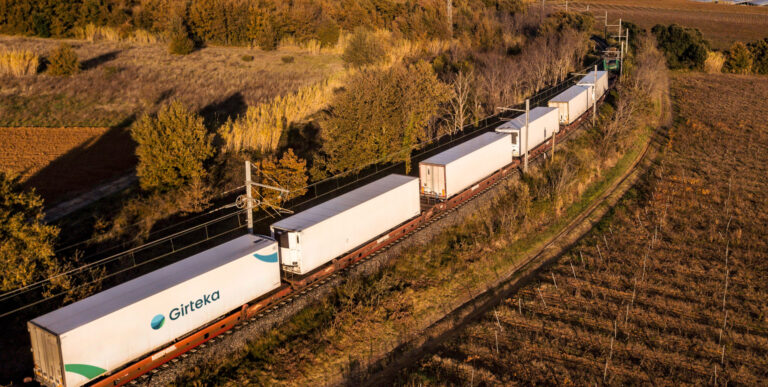In a world where climate change and environmental responsibility are increasingly pivotal concerns, the logistics sector is under scrutiny. The potential for decarbonization in the transportation industry is vast. One of the low-hanging fruits of decarbonizing road transportation is in fact digitalization. Easy and simple to implement and with the potential for emissions reduction.
Recent studies and analysis initiated by Girteka Group in cooperation with one of the leading truck manufacturers prove that small steps in updating software for trucks can influence the level of fuel consumption and, therefore, the overall emissions from heavy-goods transportation.
Aside of discussing and introducing new battery-electric or hydrogen-powered vehicles, or utilizing HVO fuel, the behavior of drivers – their way of driving, speeding, and accelerating is crucial for the overall fuel consumption. With more than 2.8 trillion kilometers driven by trucks in 2022, even the smallest change can have a huge influence on scale.
The Eco League by Girteka presents an immediate opportunity for decarbonization through easy educational initiatives with minimal investment. The current driver shortage and the influx of new drivers into the road freight transportation industry signal the need to make use of of such programs’ full potential. Many logistics companies have not yet incorporated such awareness initiatives, leaving substantial room for improving truck driving skills and fuel consumption.
Intelligent Software to Tackle Emissions
Girteka Group, being focused on digitalizing its operations, collects enormous amounts of data from its trucks. This data is very valuable in terms of analyzing and enhancing performance. A recent project, which started by delivering data from 300 trucks, allowed us to investigate and find the most suitable, tailor-made software solution to tackle emissions.
The system integrates digital technologies to read the route and map it in real-time, allowing trucks to utilize their maximum kinetic energy and optimizing movements, acceleration, braking, while on cruise control. The partnership includes two types of proprietary software, already being installed in more than 100 trucks.
The main features of the software are:
- Smoother acceleration
- Road sign recognition
- Use of kinetic energy during braking and acceleration
- Enhanced cruise control
- Improved eco-driving
“The results of our analysis were astonishing. By simply changing the software in our trucks, we were able to reduce fuel consumption and emissions by 1.2 liter per 100 km, which is approx. 4%,” says Arvydas Petrikas, Project Manager in the Transport Development Department at Girteka Group.
With the newest software installed in a truck, as the driver is accelerates, the system avoids speeding too much and, thus, prevents from consuming additional fuel.
The system also has the ability to read and respond to speed limits and other road signs in terms of speeding and braking as well as topography of planned routes. It integrates with local data, adjusting speed automatically, thereby helping to maintain an eco-friendly operation and reducing the chances of speed-related incidents.
Data-Driven Feedback Loop
The performance of each truck is continuously monitored and shared. This data is compared with baseline metrics to measure the effectiveness of the new features both in reducing carbon emissions and improving safety.
The installation of these features is not a one-off event. By the end of the year, Girteka is planning to equip another part of the manufacturer’s trucks with this technology. The scale at which the company will implement these changes is significant; it amplifies carbon footprint reduction and sets a standard for the logistics industry.
Potential of Scale
Typical fuel usage for these trucks is approximately 28 liters per 100 km today, the effects can be enormous, allowing to easier meet the newest decarbonization targets for heavy-goods vehicles.
In the quest for decarbonization, every small step counts. By partnering between logistics companies and manufacturers and leveraging the power of digitalization, the whole sector can make strides in reducing environmental impact without sacrificing operational efficiency. It is a vivid illustration of how technology and scale can come together to forge a more sustainable future.
“This is a forward-thinking, data-backed approach that not only provides immediate benefits but also positions us as thought leaders in responsible logistics and transportation. It’s not just about being bigger; it’s about being smarter and more sustainable for the world we all share,” summarizes Petrikas.
https://www.acea.auto/figure/size-distribution-of-the-eu-vehicle-fleet/#:~:text=There%20are%20more%20than%206.4,the%20largest%20fleet%20by%20far.
